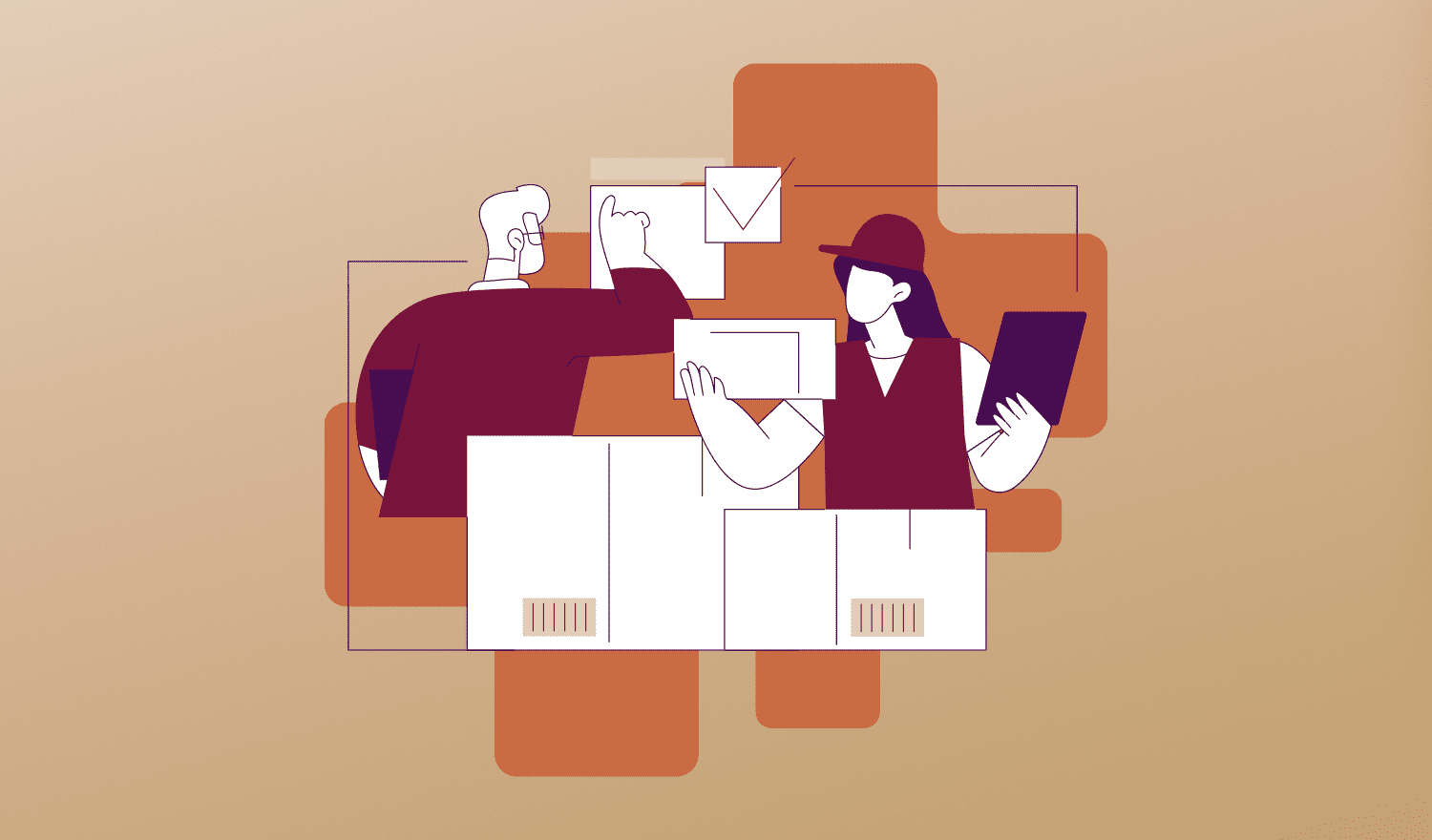This post was contributed by Laura Gayle of Businesswomanguide.org.
E-commerce has revolutionized the way consumers and businesses shop. Many businesses cater to both demographics, but it’s a mistake to treat them the same way when it comes to checkout procedures. The online shopping cart is ubiquitous in B2C e-commerce, but it’s not a great fit for businesses that are purchasing materials or supplies.
The B2B segment tends to bring larger profits and more lifetime value to e-commerce companies than traditional B2C sales. If you want to court this lucrative audience, you need to understand the needs of B2B customers. Industry leaders are finding that the best way to deal with B2B transactions is to build a custom checkout flow that would cater to each important B2B client or a group of clients. While this can be time-consuming, the benefits outweigh the time and costs. Here’s why.
How B2B Differs from B2C
B2C purchases are often quick decisions that require very little need for a follow-up. The customer has a need for a specific product. They may shop around for the best price and read reviews, but in the end, the customer places the item in a shopping cart and checks out.
B2B transactions are completely different. Quite often there are multiple people involved in the decision-making process. A business might need a binding quote that can be reviewed and approved. Some clients might require modified products, extremely large quantities, or products sent on a fixed schedule directly to a job site or office.
While individual consumers often check out using credit cards, many businesses pay with purchase orders. The purchasing process is different, so the e-commerce infrastructure needs to be as well.
Benefits of B2B eCommerce Portals with Customizable Checkout Process
Custom B2B eCommerce portals give the user more control and freedom over their own experience. They take into consideration repeat purchases, high-volume discounts, and provide greater customer satisfaction.
Traditional B2C commerce sites allow the consumer to check out as a guest to save time and eliminate hassles. Businesses require a little more attention to detail and strategies for B2B e-commerce checkout. Each customer should have a My Account page that details past purchases, scheduled orders, invoices, reorder options, and contract terms. Including past information in an easy-to-use location helps purchasers make buying decisions quickly and efficiently. Besides, as usually there are several roles and positions involved in the purchasing process in a company, B2B clients would appreciate different access levels and thus would require an even more customized checkout process. For example, automatically triggering an extra approval step in case a user with an inferior role is trying to submit too large or too expensive order.
Items for Customization
When upgrading your B2B checkout flow, there are several items to take into consideration.
- Self Service – Eliminate the need for customers to contact you each time they want to check the status of an order by including a self-service page. It’s also possible to integrate this page with a downloadable app, so the customer receives regular updates.
- Multiple Users – B2B sites should allow for multiple roles and permissions. For example, regular employees may be able to add to the cart but aren’t allowed to place an order. A warehouse manager may place the order but shouldn’t have access to past invoices or account information.
- Personalization – Make sure that each of your B2B customers or specific groups of customers are seeing their personalized pricing, promotions, discounts and maybe even product ranges. AI powered eCommerce enables advanced personalization functionality.
- Bulk Purchases and Repeat Ordering – Be sure to offer discounts with bulk orders and the option to set up recurring shipments of frequently-used products.
- Integrated Products – For ease of use, integrate with your B2B partner’s environment and applications. This includes integrating with accounting apps, CRM integration and card billing, inventory, and logistics.
- Offers and Promotions – Each B2B partner should get highly targeted offers and promotional items that would be of interest.
- Credit Accounts – Based on a signed contract, make it possible to attach a customer credit account attached to their cart.
- All-Device Access – Take into consideration account executives who travel and make the site user-friendly across all types of devices.
Eliminate Distractions
Consider components of a B2C website that tend to cause low conversion rates. Basically, remove anything that takes control out of the hands of the user. This includes autoplay salespersons, pop-up windows, and prompts encouraging users to take a survey at the end of the transaction. Leave the cart as simple and easy-to-use as possible. Customer satisfaction translates to repeat business, and with B2B consumers this can result in massive profits.
A B2B e-commerce site should cater to each customer for maximum user satisfaction, which can deliver real results on your bottom line. By abandoning your own shopping cart and creating a custom checkout, you provide a better way to service existing customers and to attract new ones.
About the author: Laura Gayle is a full-time blogger who is passionate about e-commerce and the ways technology is helping to rejuvenate the American dream. Laura created Businesswomanguide website to be a trusted resource for women trying to start or grow businesses on their own terms.



